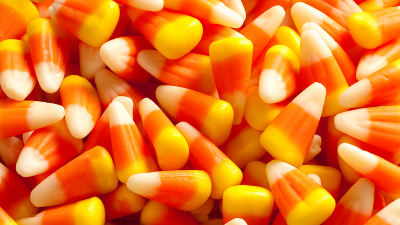Although Halloween is undoubtedly going to be different for trick-or-treaters, those who do venture out should still practice some standard safety precautions when it comes to "treats."

If you're concerned about food safety, the U.S. Food and Drug Administration offers these tips:
Before you or your children go trick-or-treating
- Don’t eat candy until it has been inspected at home.
- Eat a snack before heading out to avoid the temptation of nibbling on a treat before it has been inspected.
- In case of a food allergy, check the label to ensure the allergen isn’t present. Tell children not to accept—or eat—anything that isn’t commercially wrapped.
- Parents of very young children should remove any choking hazards such as gum, peanuts, hard candies, or small toys from the Halloween bags.
- Inspect commercially wrapped treats for signs of tampering, such as an unusual appearance or discoloration, tiny pinholes, or tears in wrappers. Throw away anything that looks suspicious.
For partygoers and party throwers, FDA recommends the following tips for two seasonal favorites:
- Unpasteurized juices and juices that have not been further processed are at higher risk of food- borne illness. Look for the warning label to identify juice that hasn’t been pasteurized or otherwise processed, especially packaged juice products made on site. If unsure, always ask if juice has been pasteurized or not. Normally, juice in boxes, bottles or cans from your grocer’s frozen food case, refrigerated section, or shelf has been pasteurized.
- Before bobbing for apples—a favorite Halloween game—reduce the risk of bacteria by thoroughly rinsing the apples under cool running water. As an added precaution, use a produce brush to remove surface dirt.
